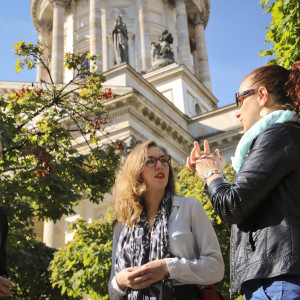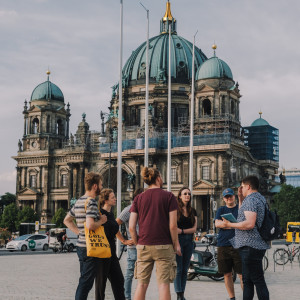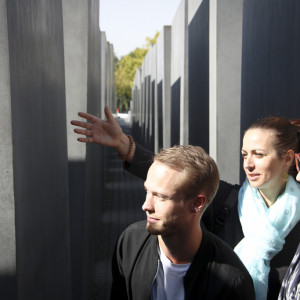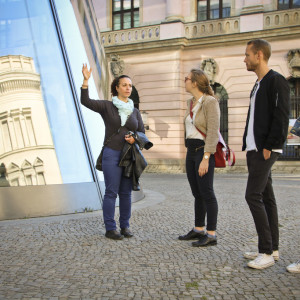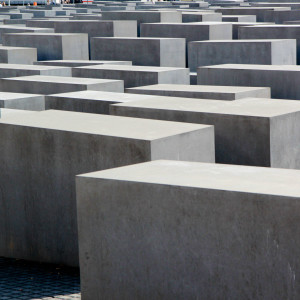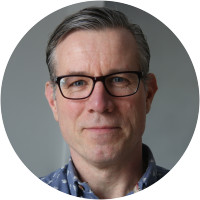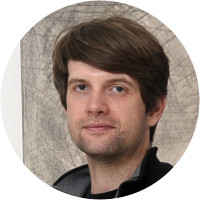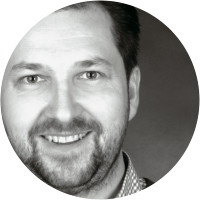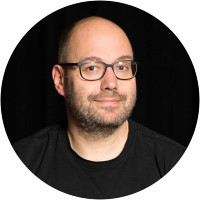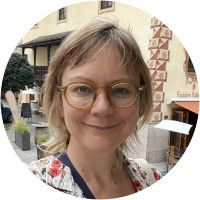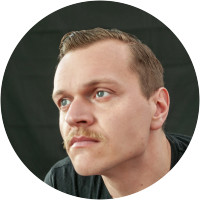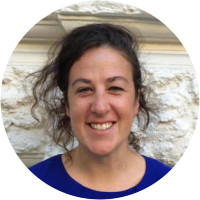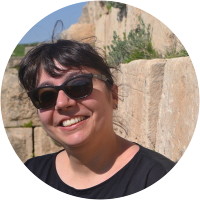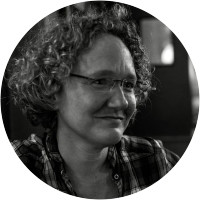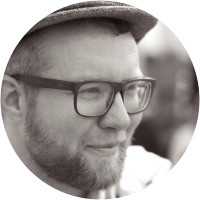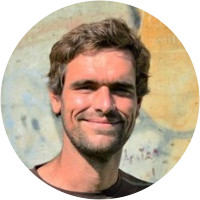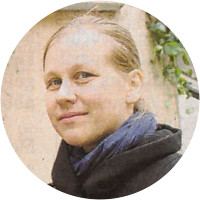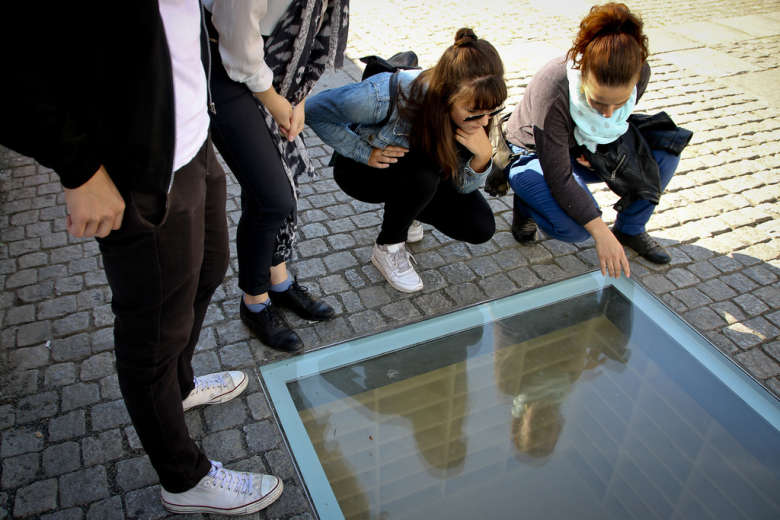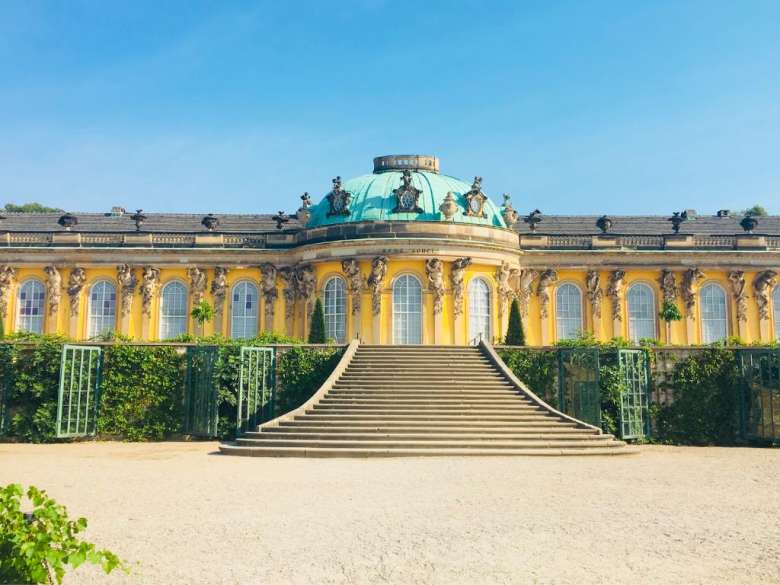Tour Details
Duration
3 hours
Product Type
Tour
Venues
- Brandenburg Gate
- Reichstag exterior
- Memorial to the Murdered Jews of Europe
- Unter den Linden
- Gendarmenmarkt
Select a date
Tour Description
Today, Berlin is a bustling modern metropolis, but beneath the surface lies a complex, dark history that’s been shaped by centuries of political ambition and upheaval.
As you walk through its streets, a local expert will share how this relatively young capitol emerged from the devastation of war and the deep divisions of the communist period to become the vibrant hub it is today. Along the way, you’ll trace Berlin’s transformation through the eyes of those who tried to define it, from Prussian Kings to Nazi leaders and Cold War ideologues.
Explore the Brandenburg Gate, marvel at the Reichstag building, and witness how history has continually reshaped Berlin. Through these sites, your expert will help you uncover the enduring spirit of both the city and its people.
Choose this tour if…
- You want to gain an expert’s perspective on Berlin’s complex history and how the city has evolved over time.
- You're curious to understand how Berlin remembers its past through key memorials, sites, and landmarks.
- It is your first time in Berlin, and you're keen to learn how to experience and confidently navigate the city.
Experts
"Intelligent and yet informal"
"EXCELLENT! Enthusiastic, entertaining, fact-filled, intelligent and interactive…….and yet informal."
Charles S.
Charles S.
"Crafted to interest each of us"
"Nina was exceptional. She crafted a tour to interest my two teenagers, my wife and myself. We all have drastically different interests and historical knowledge, yet Nina found a way to speak to each of us. Oh, and she did this thru constant rain! 5 Stars!"
Mark S.
Mark S.
"A wonderful ambassador, host, and tour guide"
"Jason knows Berlin and its history as well as any college professor, maybe better. He is a wonderful ambassador, host, and tour guide, putting his all into the job."
Beth G.
Beth G.
Your journey begins at Pariser Platz, by the Brandenburg Gate, one of Berlin’s most recognizable monuments. Here, your expert guide will introduce the sites you’ll explore and discuss how this famous gate, originally built by the Prussians, has served as a powerful symbol for every regime and government that has followed.
From there, you will visit the Holocaust Memorial, a solemn space dedicated to remembering the victims of the Nazi regime. This poignant site offers insight into how Germany has chosen to remember its darkest history and reflect on its national identity. You’ll also visit the Reichstag, with its iconic glass dome, and you’ll gain a deeper understanding of how Germany rebuilt democracy.
Then, you’ll walk the streets of Berlin’s historical city center, seeing evidence first-hand of the relentless bombing that occurred during WWII while discussing significant moments and lesser-known stories with your expert guide. At a historic crossing point of the former East-West border, your expert guide will highlight how ideology shaped daily life and how the fall of the Berlin Wall transformed the city.
By the end of this 3-hour tour, you’ll have a deeper understanding of this remarkable city and how it continues to evolve in the 21st century. Through stories of power, division, and transformation, you’ll finally better understand the power of the city’s enduring spirit–a spirit that you’re now a part of.
Sites Visited
- Brandenburg Gate - Once an emblem of Cold War division, it now symbolizes German unity and freedom.
- Holocaust Memorial - Memorial to the Jewish victims of the Holocaust.
- Reichstag Building - The historic legislative government building, crowned by its famous glass dome.
Logistics
Tickets
No tickets are necessary for this tour.
Transportation
This is an all-outdoor walking tour. We currently offer an optional private transfer service from your hotel to the meeting point.
We understand that some of our valued guests may have mobility concerns, and we want to ensure you have a comfortable and enjoyable experience throughout your tour. If there are any accessibility concerns that your tour guide will need to be aware of, please let our team know at the time of booking.
Wheelchair accessibility
This Berlin city tour is all exterior and therefore can be accessible for certain wheelchair users.
Service dog accommodations
Service dogs are welcome and can be accommodated on this tour.
Does this walk include a visit to the Reichstag Dome?
Reichstag Dome reservations are incredibly difficult to secure, and therefore, we do not currently offer this option.
Which sights or venues are included on this walk?
Our guides have the flexibility to craft their own narrative based on the major sights of Berlin's city center. Locations visited may include: the Brandenburger Tor, Reichstag, Memorial to the Murdered Jews of Europe, former site of Hitler’s bunker, former Nazi chancellery, Berlin Wall fragments behind the former Reich Ministry of Aviation, Topography of Terror, Friedrichstrasse, Gendarmenmarkt (site of the Französischer Dom, Deutscher Dom and Konzerthaus), Bebelplatz, Opera House, Sankt-Hedwigs-Kathedrale, Unter den Linden, Lustgarten and Museum Island, Nikolaiviertel, Alexanderplatz and Hackescher Markt.
Is there any geographical overlap between the Topography of Terror walk and this walk?
Yes. Because Berlin's city center is filled with important historical sites, especially from the period of World War II, both walks tread over similar ground, but use a different thematic lens.
Can this walk be booked for other times of day? For example, in the late afternoon?
Yes, certainly! This walk can be booked on a private basis for any day, any time. In winter (November - February), it's better not to start later than 1:30-2:00 pm because it gets dark by 3:30-4:00 pm.
Cancellation Policy
Book with confidence — see Context's flexible cancellation policy here.
Where You'll Start
–
446 Reviews
Reviews can only be left by Context customers after they have completed a tour. For more information about our reviews, please see our FAQ.
Igor was great - really informative and helpful. We learned a lot about the city, its history and its people - a great introduction to our short break.
Roger
Reviewed on:
Dec 16, 2025
Highly recommend Aaron. He has an encyclopedia of knowledge
Ward
Reviewed on:
Dec 8, 2025
Informative and enjoyable. Aaron was funny and very knowledgeable. Really provided a great background for our visit to berlin
Doreen
Reviewed on:
Dec 5, 2025
